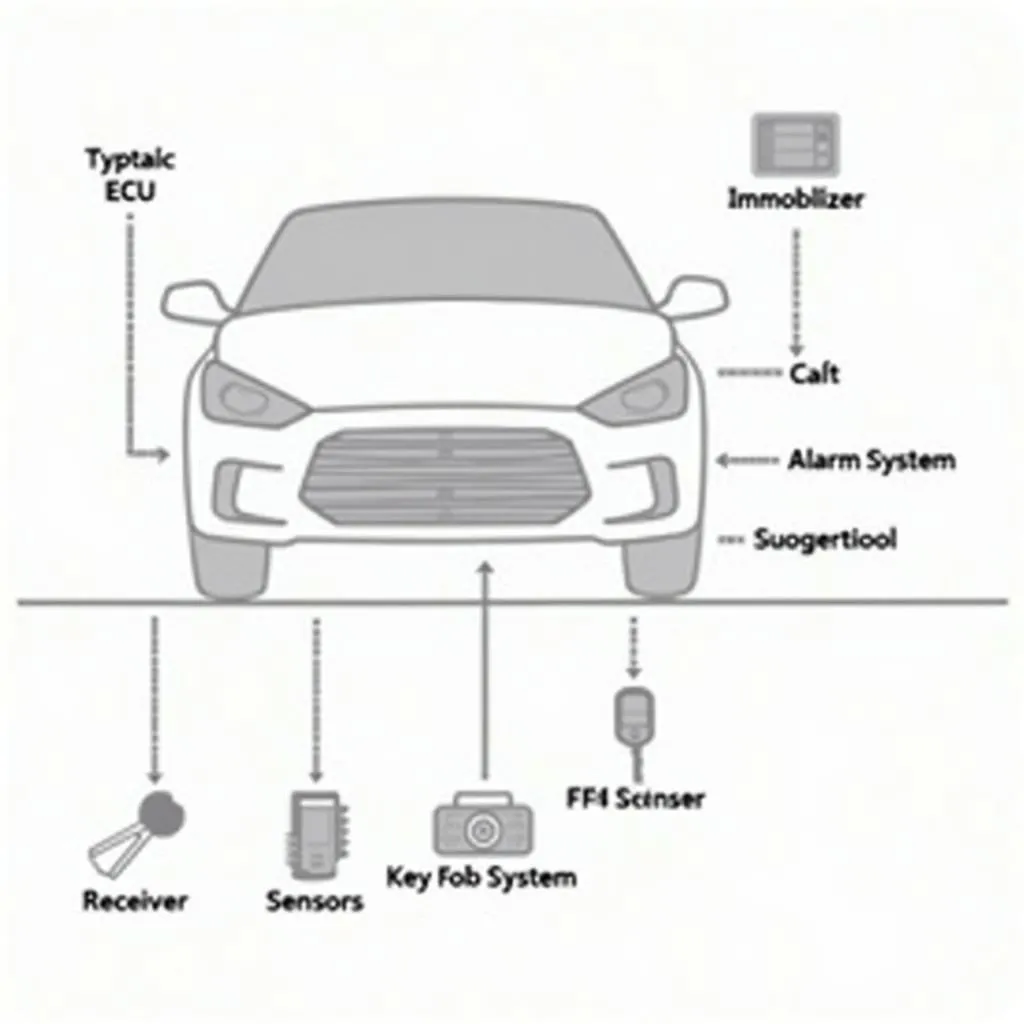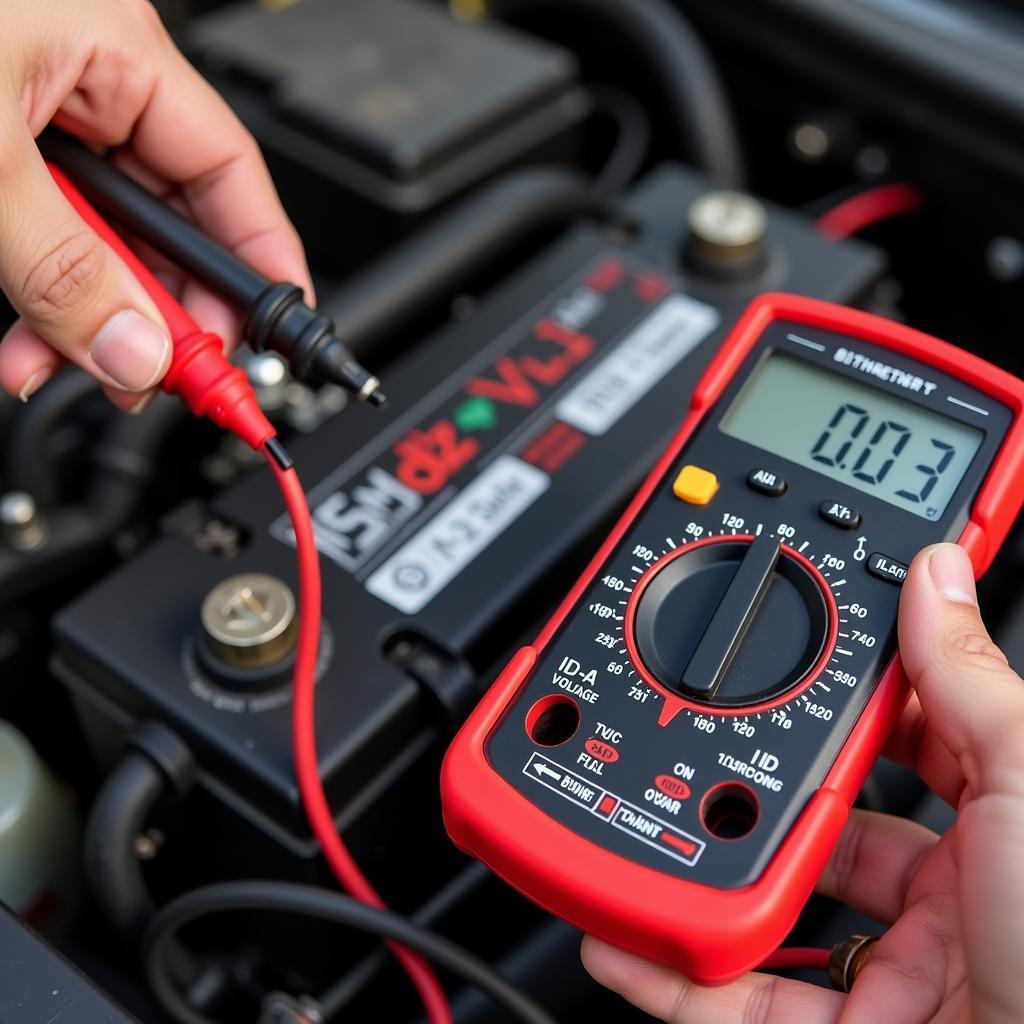If you’re wondering “what does Lowe’s and Best Buy deactivate for anti-theft,” you’re not alone. Many consumers have encountered this question when purchasing electronics or appliances. These measures are designed to deter theft but can be confusing if you’re unfamiliar with the process. This article will shed light on common anti-theft devices used by retailers like Lowe’s and Best Buy, how they’re deactivated, and what to do if you experience any issues.
Understanding Anti-theft Devices
Retailers like Lowe’s and Best Buy often employ various anti-theft devices to protect their merchandise. These devices can range from simple stickers with embedded circuits to more sophisticated electronic tags.
Types of Anti-theft Devices:
- Electronic Article Surveillance (EAS) Tags: These are small, usually plastic, tags attached to products. They contain a circuit that triggers an alarm if it passes through security gates at the store’s exit without proper deactivation.
- Spider Wraps: These are hard plastic cases, often used for DVDs and electronics, that enclose the product and sound an alarm if tampered with.
- Metal Strips: These are adhesive strips containing a metal element that triggers security gates.
- Ink Tags: These tags contain a security ink cartridge that bursts if tampered with, staining the product and making it unusable.
Deactivation at Point of Sale
When you purchase an item with an anti-theft device, the cashier is responsible for deactivating it.
- EAS Tags: Deactivated by passing the tag over or near a deactivation pad at the register.
- Spider Wraps: Opened with a specialized magnetic key.
- Metal Strips: Removed with a special tool.
- Ink Tags: Deactivated and removed with a specialized tool.
What if an Anti-theft Device Isn’t Deactivated?
In some instances, an anti-theft device might not be deactivated properly, leading to embarrassing situations where alarms sound as you exit the store.
“It’s crucial for retailers to train their staff properly on the deactivation process for all anti-theft systems they use,” says John Miller, a retail security consultant and author of “Loss Prevention Strategies for Modern Retailers.” “Improper deactivation not only leads to customer inconvenience but can also contribute to a false sense of security if the system isn’t functioning as intended.”
Troubleshooting Deactivation Issues
If you experience an issue with an anti-theft device after leaving the store:
- Return to the store: The quickest and easiest solution is to revisit the store where you made your purchase, explain the situation, and ask them to deactivate the device.
- Contact Customer Service: If returning to the store isn’t feasible, contact the store’s customer service line for guidance.
FAQs about Anti-theft Devices
Can I remove an anti-theft device myself?
It’s not recommended to tamper with or remove an anti-theft device yourself. Doing so could damage the product and may be illegal.
What if I purchased an item online and it still has an anti-theft device?
Contact the retailer’s customer service. They can guide you on how to proceed, which may involve returning the item or visiting a physical store for deactivation.
Cardiagtech: Your Partner in Automotive Diagnostics
While this article focused on anti-theft measures in retail settings like Lowe’s and Best Buy, the automotive industry also utilizes sophisticated electronic systems that sometimes require specialized diagnostics and programming.
If you’re experiencing issues with your vehicle’s electronics, consider Cardiagtech for advanced diagnostic solutions and expert support.
Contact Cardiagtech today for more information about our range of automotive diagnostic products and services.



